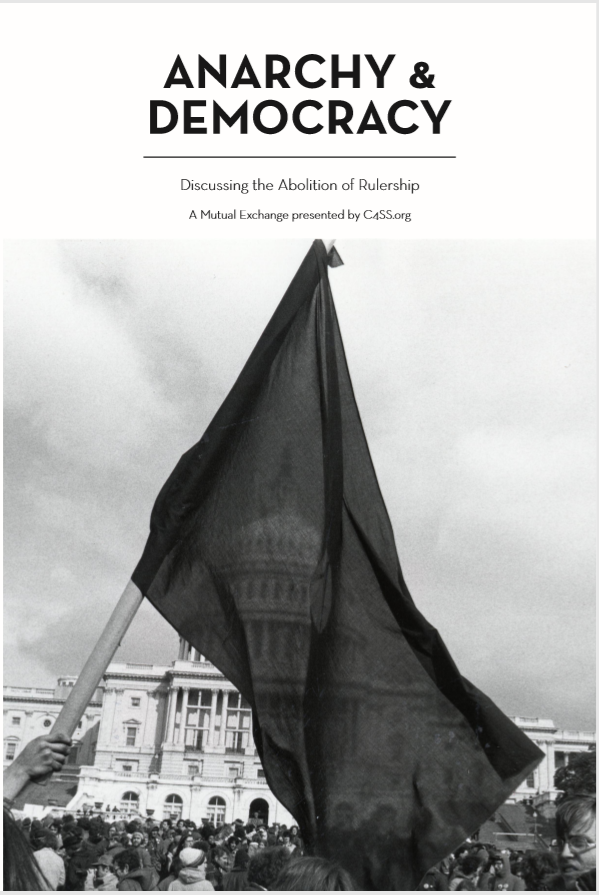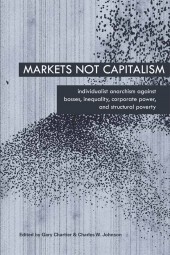A common idea on some parts of the internet is this idea of “redpilling,” and that if you take the “red pill,” you awaken to a new way of thinking. This darkly ironic appropriation of a term coined by trans women, the Wachowskis, usually includes becoming a TERF and anti-feminist, (although it may also include a belief in the racist idea of race realism or the radical support of “free speech,” unless someone says something they don’t like). All of these are illogical, but this essay shall focus on anti-feminism and how it is a complete rejection of individualism and liberty.
The term “red pill” implies the gaining of new knowledge beyond your contemporaries, like Neo in The Matrix. However, redpilling is anything but. Frequently, it is a regressive idea that forces one to adopt a reactionary mindset and separate people into ideological tribes. The redpillers are often cast as victims and defenders of liberty and free speech, while their critics are SJWs and “libtards” who always have hurt feelings, as if feelings were a bad thing. There is no gaining knowledge with redpilling and those who advocate for it and anti-feminism are far from intellectuals and may even be anti-intellectual.
Individualism demands that all individuals be allowed their natural rights, and that includes the right to the fruits of their own labor. Women aren’t allowed this right due to traditional gender roles and the sexism innate to corporate society, (men have also not been afforded this right but due to different reasons.) Women aren’t even allowed to sell their labor at a price determined by a free market without interference. They must sell their labor at a price well below their male counterparts. While I am critical of the liberal solution to these problems, I am also critical of the idea that they don’t exist.
There is also an innate sexism in the law. The illegality of abortion and prostitution are some examples. One could argue that prostitution and abortion would be rare in an individualist anarchist society due to wealth being universal, thus reducing the need to resort to prostitution or to abort for any reason beyond medical; however, making them illegal means that one does not see women as autonomous beings but as property of the State in need of correction. Government intervention is the suppression of individualism and liberty, and is incompatible with any ideology claiming to promote freedom.
How does feminism help men? Men face their own problems in society, such as traditional gender roles that entail the suppression of feelings. Ironically, redpillers will claim feminism hates men but will also mock people for having feelings, which shows their hatred of men and their support for toxic masculinity. Men are not allowed to feel, and those that do are mocked.
Traditional gender roles discourage men from domestic tasks like cooking or cleaning. Men can’t even take the bottom role in hetero sex, lest they be considered gay, again considered a bad thing by homophobic redpillers. Black men have it worse and are expected to be tough and masculine far beyond other guys. Feminism fights this and the problems mentioned in my previous paragraph.
Many men, and redpillers like Blaire White and Carl Benjamin, believe feminists want female supremacy. Camille Paglia and Christina Hoff Summers, claimed champions of “individualist feminism,” (not related to the individualist feminism promoted by this essay and any subsequent ones,) also endorse this idea to distinguish their feminism from everybody else’s so they can be “not like other girls.”
While I have been critical toward feminists like Gloria Steinem for her anti-pornography and anti-prostitution stances, (which I regard as sex-negative and a way to make women feel ashamed of their bodies,) I would not claim that the whole movement is represented by her. Nor would I say the same of redpiller and feminist-turned-anti-feminist Laci Green or radicals like Shulamith Firestone.
Some anti-feminists believe feminism ruins seduction with all its consent rules. Consent is a simple, “Do you want to have sex?” followed by “Yes.” Many feminists support things like BDSM and femsubs. There are feminist porn stars like Nina Hartley and Asa Akira. There are feminist strippers like Annie Sprinkle. Feminists don’t hate men or think everything is sexist. Anita Sarkeesian (who I don’t agree with on violent video games but will admit has gotten too much undeserved criticism) has said that she thought everything was sexist or racist when she was younger but realized she didn’t know much and was generally obnoxious. This is common for anyone who just joins a movement. First comes the ultraradical phase followed by a mellowing out.
I could go into more detail but we’d be here all day and this is already my longest essay. To answer any unanswered questions, I will say this: Feminism prioritizes equality. It’s not female supremacy. It doesn’t want to ruin sex or love. It doesn’t want to prioritize women over men. It seeks equality. The feminists you think of as female supremacists are a small minority. Prioritizing their views over the views of others and believing the minority represents the majority is collectivism. Ayn Rand called racism collectivism for the same reason and I would argue anti-feminism is too. Anti-feminism is illogical and a rejection of individualism. As individualist feminists and/or men, we should work with other feminists to make sure our views are represented, not attack them as against us and our problems and solutions to said problems or others that plague our society.







